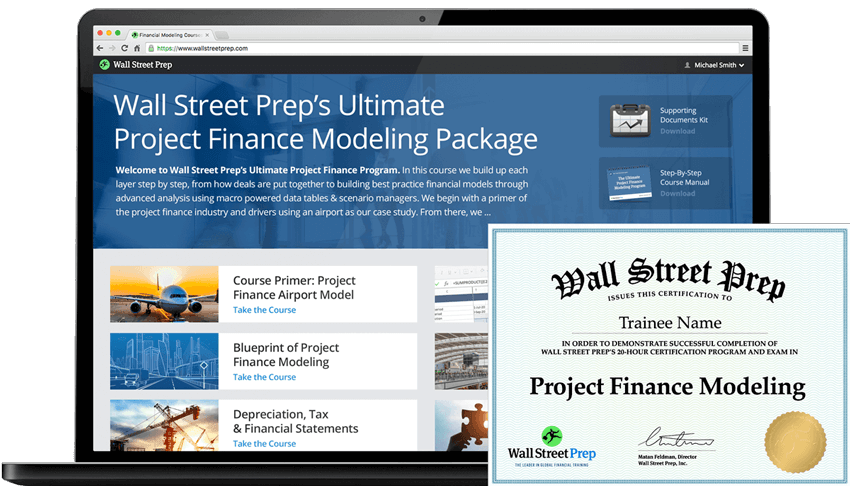What is Cash Available for Debt Service (CADS)?
Cash Available for Debt Service (CADS) is arguably the most important metric in project finance. It determines how much cash is available to all debt and equity investors.
Cash Available for Debt Service (CADS) Formula
The formula for calculating the cash available for debt service (CADS) is as follows.
Cash Available for Debt Service Formula
- CADS = Revenue – Expenses +/- Net Working Capital Adjustments – Capital Expenditures – Cash Tax – Other Items
Where:
- Revenue = Revenue from operations & other income
- Expenses = Operations & maintenance, land lease, other labor, etc
- Net working capital adjustments = Adjustments to get from accrual to a cash basis
- Cash Tax = This is tax paid in cash (not accrual tax expense)
- Other items = Examples include annual fees on the senior debt facility and refinancing fees.
Uses of Funds by Project Stage
Cash available for debt service (CADS) represents the amount of funds available to be distributed to the various providers of capital. Because debt is paid before equity, it is important to correctly model the order of payments.
The chart below shows a breakdown in revenue for a simple project (years on the x-axis). The blue area (light + dark blue) is CADS. There’s a (very slight) revenue fluctuation with the seasons, and after paying opex, capex & tax, the blue area is collectively CADS.
Going through the various distinctive phases:
- Construction Phase (Quarters 0-6): No CFADS as limited to no revenue during this phase.
- Debt Tenor (Quarters 7-47): During this phase, the majority of CFADS goes towards paying down senior debt principal & interest until the debt is paid down.
- Operations ramp-up: Upon construction completion, CFADS might ramp-up over several quarters:
- As a toll road project is opened, users take time changing their behavior to drive on the new road.
- As a gas fired power plant goes through completion testing, the turbines require minimum operating hours at lower capacities before they can be run at full capacity.
- Lenders understand the ramp up and allow for a grace period before a full debt service is required as CFADS may not be enough to cover full debt service of interest and principal.
- Debt tail (Years 48+): By this point, debt should be fully repaid and there are no further (senior) debt service or Debt Service Reserve Account payments required. If there is no subordinated debt remaining, CFADS will be available for equity holders.
Cash Available for Debt Service (CADS): Cash Flow Waterfall
In the simple example above, we showed a simple payment hierarchy, with CFADS first going to senior debt, followed by payments to equity.
In practice, required payments for reserve accounts as well as multiple tranches of debt create a more complex hierarchy. This cash-flow hierarchy is modeled as a “waterfall.” In a typical project finance waterfall, the starting line is CFADS, from which debt service is paid out, with the cash-flows remaining split in the hierarchy to other cash uses, for example:
- Debt Service Reserve Account (DSRA)
- Major Maintenance Reserve Account (MMRA)
- Mezzanine or subordinated debt
- Lastly, other equity sources including equity investors and shareholder loans

How to Interpret Cash Available for Debt Service (CADS)?
Unlike in corporate finance, project finance is raised based off the strength of the project cash-flows. The CFADS expected during a project is the key contributor for determining the debt capacity of the project (“debt sculpting”). Furthermore, once the project is live covenant testing will be performed off the CFADS generated by the project. CFADS in particular touches almost every calculation involving senior lenders. CFADS goes into the calculation of
- The debt size and the principal repayment schedule
- DSCR: Debt Service Coverage Ratio
- LLCR: Loan Life Coverage Ratio
- PLCR: Project Life Coverage Ratio
CADS vs. Debt Service Repayment in Project Finance
There are many factors which might affect how the following might change CFADS as a proportion of the overall cash flows
- Demand Risk: In projects with no demand risk, e.g. an availability based hospital, the debt service will comprise a large portion of CFADS during the debt tenor (e.g. with 1.15x DSCR), while in riskier endeavors like in mining, the DSCR will be much greater (e.g. 2.00x) and the debt service will be a much lower proportion of CFADS.
- Seasonality: If the project is highly seasonal (like a solar farm), expect to see fluctuations in CFADS (and commensurate fluctuations in debt service)
- Operationally Intensive Projects: Projects like renewables projects have a low operational cost compared to the fixed cost. Hence, CADS will form a large proportion of overall revenue cash flow. In projects where there is a feed stock, for example in a gas turbine, the cost of the feed material (e.g. gas) can be a huge component of revenue.
- Capex and Reserve Accounts: For solar farms, you’ll likely see quite a hefty capex for inverter replacement (e.g. in 8 – 10 years). Accounts like a Major Maintenance Reserve Account would smooth out periods of lumpy capex – and likely help to release cash during capex outlays, smoothing out the CADS.

The Ultimate Project Finance Modeling Package
Everything you need to build and interpret project finance models for a transaction. Learn project finance modeling, debt sizing mechanics, running upside/downside cases and more.
Enroll Today





